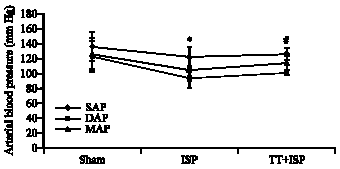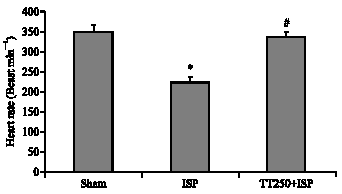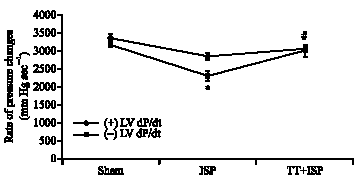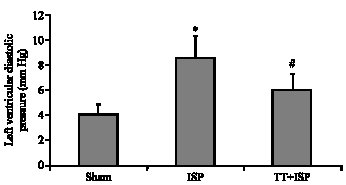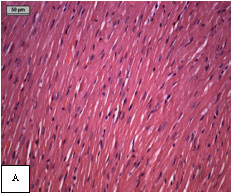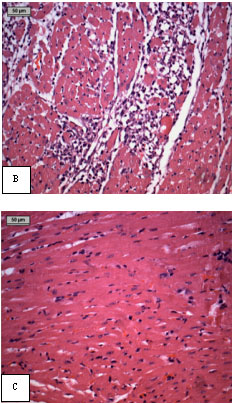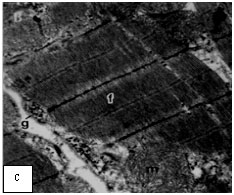Research Article
Chronic Administration of Tribulus terrestris Linn. Extract Improves Cardiac Function and Attenuates Myocardial Infarction in Rats
Department of Pharmacology,New Delhi-110 029, India
Mukesh Nandave
Department of Pharmacology,New Delhi-110 029, India
Sachin Arora
Department of Pharmacology,New Delhi-110 029, India
Rajeev Narang
Department of Cardiology,New Delhi-110 029, India
Amit K. Dinda
Department of Pathology, All India Institute of Medical Sciences,New Delhi-110 029, India
Dharamvir Singh Arya
Department of Pharmacology,All India Institute of Medical Sciences,New Delhi-110 029, India












